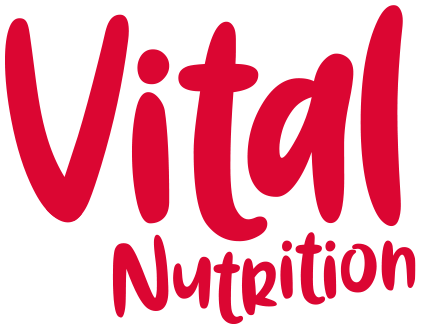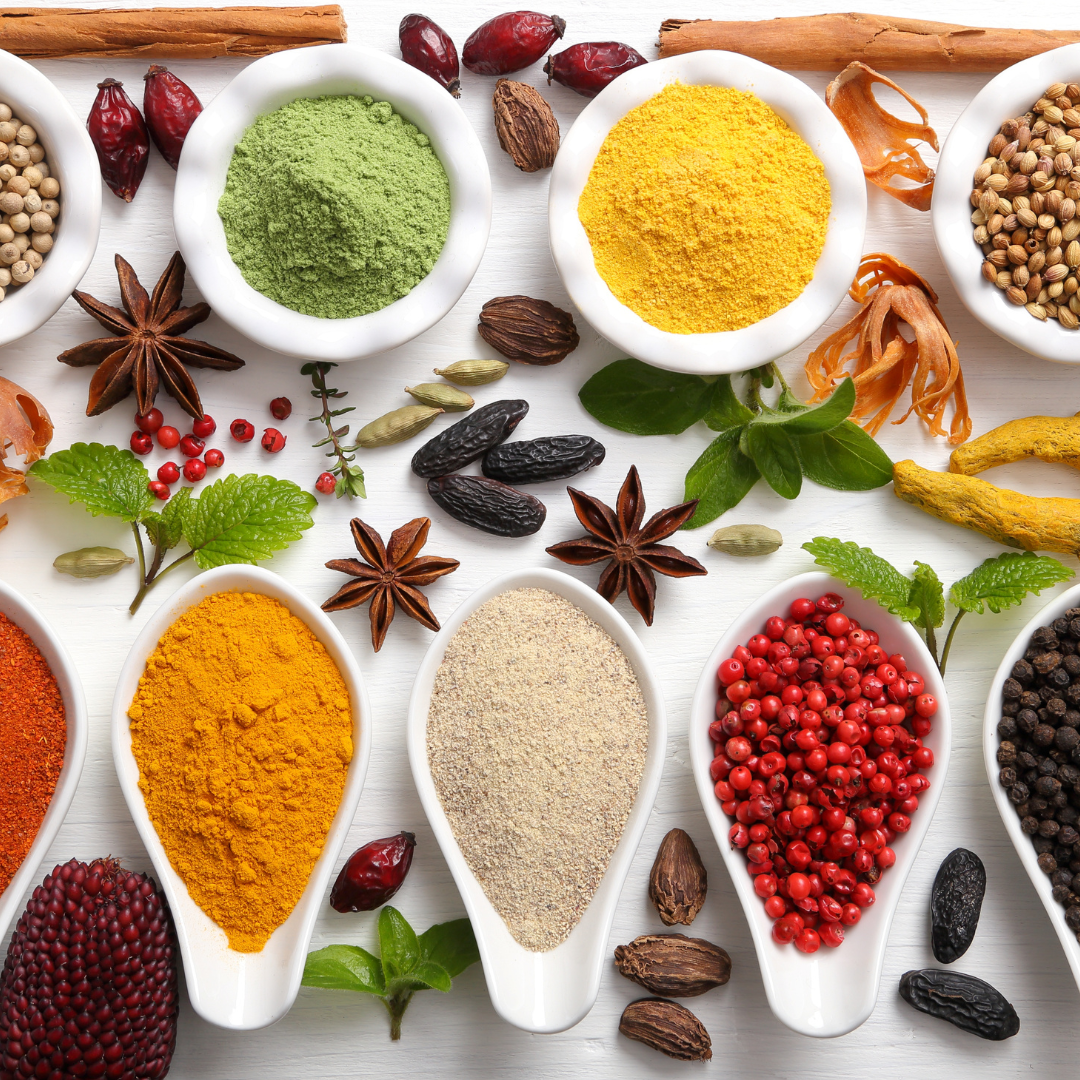Using herbs and spices
Herbs and spices do more than just add some punchy flavour to your meals. From anti-inflammatory effects, to helping in the management of conditions like arthritis and type 2 diabetes, your spice rack could be the ultimate kitchen first aid kit.
Herbs and spices contain powerful antioxidants that give these plant foods their characteristic aroma, flavour and colour. It just so happens that these same phytonutrients are responsible for their multiple health benefits too. Recent research has found that spices like turmeric, ginger, black cumin and saffron may significantly improve fasting glucose levels in type 2 diabetes patients, so let’s take a little look at your spice rack and see what other benefits we can find there.
Cinnamon is well known for its ability to support a healthy blood glucose and insulin balance. Although this is important for people with type 2 diabetes, we can all benefit from adding a little cinnamon to our diet.
A recent study found that aromatic herbs like parsley, turmeric and bay increased the perception of saltiness of food. So if you are on a mission to cut your salt intake, adding some of these herbs to your meals could help make the transition a little easier.
Rosemary may help improve memory and mood and studies also suggest it may help to reduce risk of age-related cognitive decline.
Thyme has been traditionally used as a remedy for coughs and sore throats, and used together with rosemary can have powerful antioxidant effects.
Turmeric is one of the most popular spices, thanks for its anti-inflammatory effects. Associated with supporting the immune system, pain management and liver support, it is bets to use rosemary along with black pepper to get the best effects.
Ginger has anti-inflammatory effects, so is used in a lot of herbal remedies to help support conditions like arthritis, but it also has a lovely soothing effect on digestion, so is good to have as a drink after meals.
How to use herbs and spices:
Keep some root ginger and chillis in your freezer. They can be grated into curries, soups and chilli straight from the freezer and will keep for ages like this.
Drink more herbal tea. Try making your own if you have a pot or two of herbs growing, Lemon balm or peppermint are lovely ones to start with, or add a slice of root ginger to some hot water with a wedge or lemon.
Get into the habit of adding herbs to salads. They taste gorgeous and will make a difference to your nutrient intake if you get into the habit. Soft herbs like parsley, basil, coriander, mint and tarragon are great, but you could also add woody herbs like finely chopped rosemary or thyme.
Garlic is one of the hardest working herbs in most kitchens. To get the most from your garlic, ignore what most recipes tell you, and hold back from adding it until the end of the cooking process. The active ingredient in garlic is called allicin. You can get more of the health benefits or allicin if you crush it, chop in and then add it at the end, not the start. Keep your garlic away from heat for at least 10 minutes after you’ve chopped it up. That way you are activating the allicin. Another option is to eat it raw – try adding finely grated garlic to a salad dressing with olive oil, lemon juice and seasoning.
It is the perfect time of year to try growing some of your favourite herbs. An easy way to start is with a pot of herbs from the supermarket. You should be able to get a couple of cuttings from this, but it will last even longer if you repot it, into a bigger pot with some compost.
Check your spice rack and make sure everything is still in date. The aromatics that give your spices their flavour and aroma are also responsible for their health benefits, so if they are stored for too long, they won’t be as potent.

